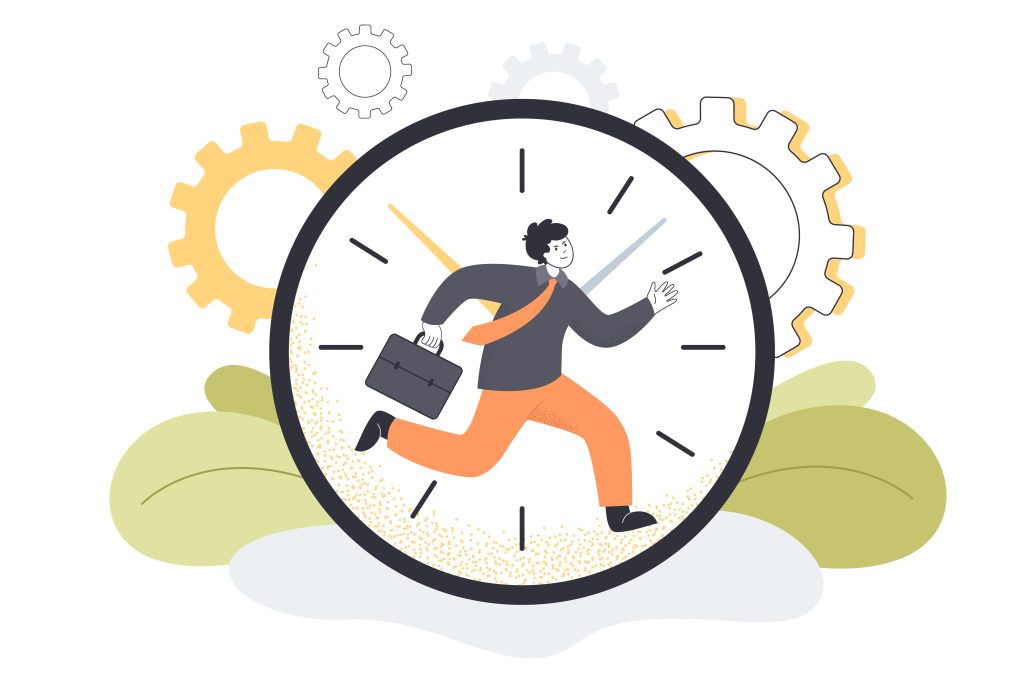In a world obsessed with managing minutes, an emerging mindset is flipping the script: energy beats time in productivity. More professionals and wellness experts are recognizing that your energy level—not just your schedule—determines how effectively you can work, think, and live.
Rather than trying to squeeze more hours into your day, optimizing your energy flow helps you get more done with less burnout. In 2025, this concept is gaining real traction across lifestyle and wellness circles as people search for more sustainable ways to thrive in a fast-moving world.

Why Energy Outperforms Time in the Long Run
Traditional productivity tools focus on calendars, to-do lists, and blocking off time. While helpful, these don’t address one crucial factor: your energy isn’t constant. It fluctuates throughout the day based on sleep, nutrition, stress, and even the time of day.
Here’s why energy-first strategies work better:
-
Better quality output: One focused hour when you’re alert can outperform three hours of distracted work.
-
Lower burnout: You’re not constantly pushing against fatigue, which leads to more consistent performance.
-
More natural rhythms: Aligning tasks with your energy peaks means you’re working with your biology, not against it.
This shift toward energy-based productivity is grounded in neuroscience and psychology—and increasingly, it’s showing up in everything from workplace training to wellness coaching.
Chronotypes: The Science Behind Energy Peaks
One of the strongest arguments for energy-based productivity comes from chronotype research. A chronotype is your biological preference for activity timing (e.g., being a “morning person” or a “night owl”).
-
Morning types (Larks) are most alert earlier in the day and perform best on demanding tasks before noon.
-
Evening types (Owls) hit their stride later and often find peak productivity in the afternoon or evening.
-
Intermediate types fall somewhere in the middle and can adapt with moderate flexibility.
Understanding your chronotype helps you schedule challenging tasks during your mental prime and leave routine work for lower-energy hours.
From Time Management to Energy Management: What’s Changing
The shift from managing time to managing energy means rethinking the structure of your day.
Here’s how energy-first productivity works:
-
Map your energy curve
Keep a log for a week. When do you feel alert? When do you feel sluggish? -
Plan around your energy, not your clock
Match high-priority tasks with your peak energy windows. For most people, these fall in 60–90-minute chunks. -
Use active recovery techniques
Insert short breaks, walks, or light movement between deep work sessions to renew focus. -
Protect your “power hours”
Guard your peak energy time. Turn off notifications, set boundaries, and create an environment that supports deep focus. -
Don’t force low-energy productivity
Use dips in energy for admin tasks, emails, or creative daydreaming. Not all tasks require full power.
Why This Matters for Lifestyle and Wellness
In lifestyle and wellness, productivity isn’t just about getting more done—it’s about doing it sustainably. Here’s how aligning productivity with energy levels supports long-term well-being:
-
Reduces chronic stress: You’re not pushing your brain past its limits all day.
-
Improves sleep patterns: Following your chronotype helps reinforce natural sleep-wake cycles.
-
Boosts mental health: Working during your optimal hours can improve mood and decrease frustration.
-
Supports holistic health: You’re more likely to eat, sleep, and rest properly when your schedule isn’t fighting your biology.
These benefits are being echoed in wellness research and adopted by individuals looking to prevent burnout and achieve more balanced lives.
Creating an Energy-Based Daily Routine
If you’re ready to put the energy-first principle into practice, here’s a simple framework to follow.
1. Identify your energy peaks
-
Use a 7-day log to track when you’re most and least alert.
-
Tools like mood trackers or wearable tech can help visualize energy fluctuations.
2. Design your schedule in three zones
-
Peak hours: Deep work, problem solving, planning.
-
Mid-energy hours: Collaboration, meetings, feedback.
-
Low-energy hours: Admin tasks, clean-up, learning content passively.
3. Take real breaks
-
Use the 90/20 rule: 90 minutes of focus, 20 minutes of rest.
-
Move your body or get fresh air—don’t just switch screens.
4. Adjust weekly
-
Review what worked and what didn’t.
-
Modify your tasks based on performance, not just output.
Common Obstacles (and How to Beat Them)
Even with the best plan, shifting to an energy-first model can feel unfamiliar. Here’s how to address common challenges:
-
“I don’t control my schedule.”
Start with 1–2 small blocks per day where you do have control. Build from there. -
“I feel guilty resting.”
Remember: strategic rest fuels productivity. Recovery is part of the system—not a reward after exhaustion. -
“Every day is different.”
That’s fine. Energy-based productivity is flexible by design. Use your energy log to adapt as needed.
2025 Trend: Energy Tracking Goes Mainstream
From fitness apps to corporate training, energy-awareness tools are becoming a staple of modern productivity culture. Employers are offering chronotype testing and personalized wellness plans. Wellness influencers promote energy journaling. Even time-tracking apps are adding energy prompts and mood fields.
This movement reflects a broader shift in how we define effectiveness—not by how many hours you work, but by how well you manage your personal energy.
Conclusion
In a culture that often equates busyness with value, choosing to work with your energy—not just your time—is both radical and refreshing. When energy beats time in productivity, it doesn’t just lead to better output—it leads to better lives.
If you want to be productive in a way that supports your health, clarity, and long-term focus, stop measuring the clock. Start measuring your energy.
References
- Harvard Business Review. “Manage Your Energy, Not Your Time.” 2007.
- National Library of Medicine. “Chronotype, Sleep, and Productivity: A Biopsychosocial View.” 2021.
- Tandfonline (2025). Chronotype, Time-of-Day, and Cognitive Performance.









